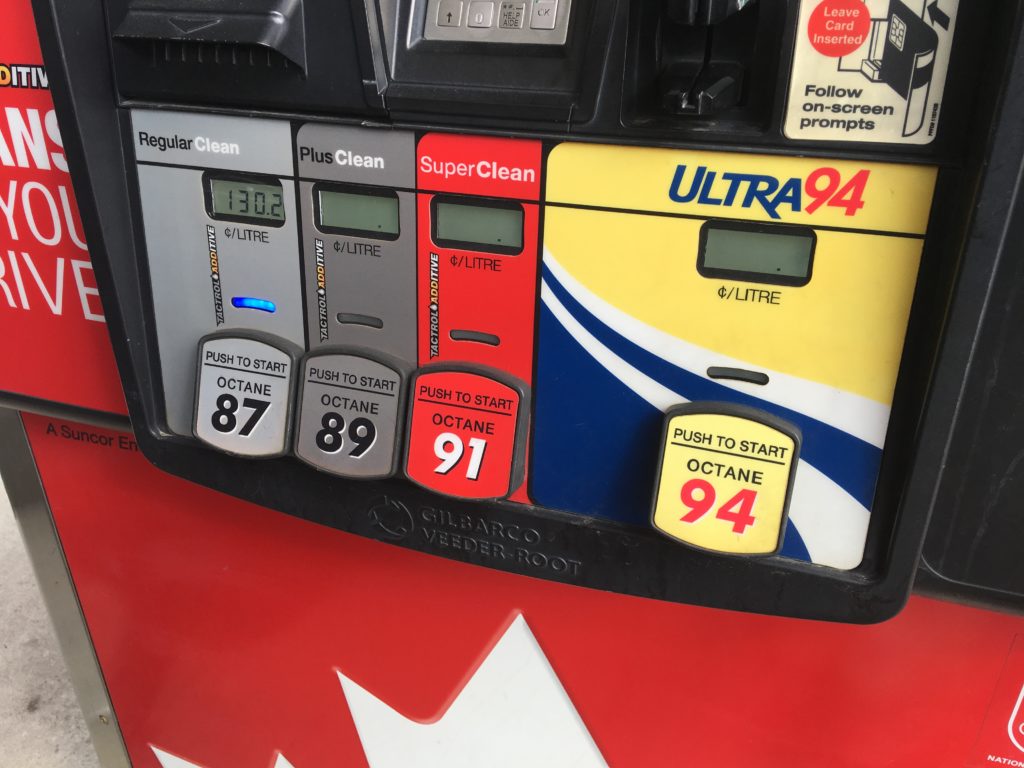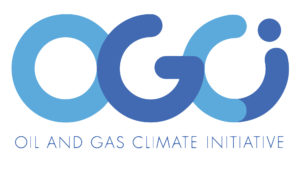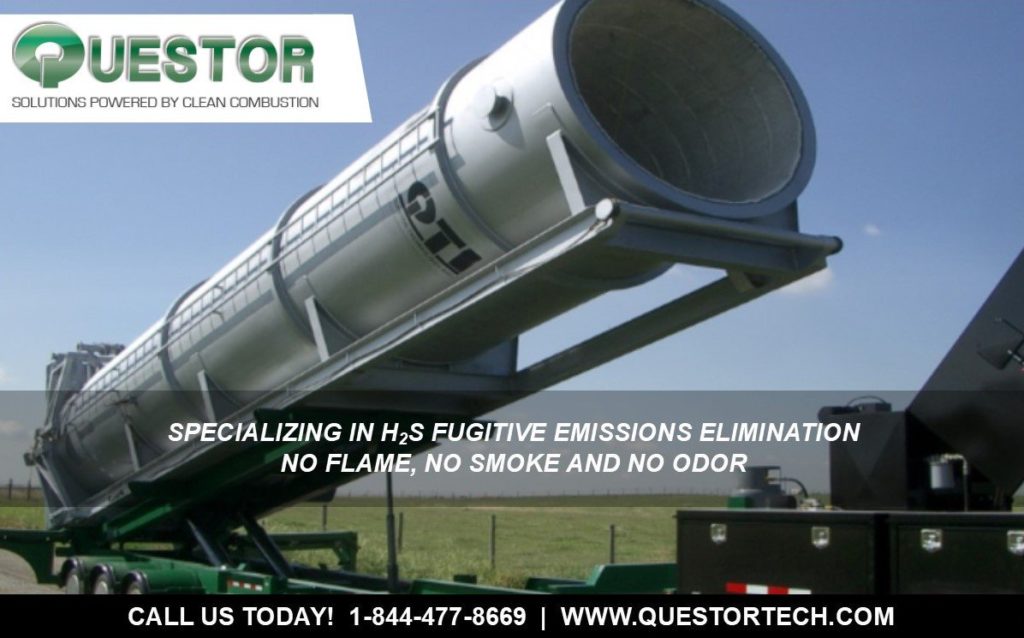Conference Summary
Hi, everyone, just landed in Dallas, and I have 8 hours to kill. So, time to blog blog, and blog. Did I mention blog?
Day 3 of GMF 2018 was spectacularly unspectacular. Amazingly unamazing. Incredibly unincredible. You get the general drift. The conference schedule keeps attendees very busy, and consequently the clean technology demonstration area was not visited that often. I’m going to push some suggestions to the organizers on getting more traffic in future conferences.
It wasn’t a total loss, and I have made some very interesting connections during Day 2. I mostly attended oil & gas sector meetings because that’s where we have the least amount of contacts & knowledge, and yet, I suspect therein exists the greatest amount of project funding available – more on that below.
I met a VP of ENI, a multi-national oil & gas company based in Italy. ENI is part of a conglomerate of oil & gas companies working to battle climate change called the Oil & Gas Climate Initiative. (Unsurprisingly, no US companies are part of this organization. And interestingly, the VP was asked this question: “Why are North American companies not part of OGCI?” Poor lady couldn’t really answer without LOL. She basically shrugged her shoulders with a smile.) The OGCI has a technology deployment accelerator program for methane mitigation technologies called Venture Day (Here is a flyer.) It is held in Washington on June 25th this year, but you have to get invited from an application that is due on May 15th – I am definitely submitting one for FM. They have $20 million set aside for 10-15 companies to assist in productization of new technology around methane mitigation.
While I was at the conference, Dr. Moller and I were made aware (through an ex-board member) of an organization in California dedicated to supporting and funding clean energy technologies called CleanTech Open. Dr Moller and I were introduced to a couple of the members of this organization this week, and we are going down to a attend a meeting in LA on Tuesday next week to hob-knob a bit with members. They also have a business accelerator program, and the application deadline is May 1st, so I’ll be submitting that as well next week. (It’s not related to the conference, but it happened while I was there.)
I met the CEO and President of Questor, which makes flaring towers that also utilize the generated heat for additional uses (like, generating electricity). She was very interested in working with us in developing a demonstration site that uses our engines for generating power. I will be following up with her in the coming weeks to see how our companies could work together. (Check out a recent video interview with Questor CEO here)
I met many other company reps, local government representatives from Central America, South America, Africa, Europe who were all very interested in our engine’s capabilities. (WHERE WAS THE USA???) I’ve handed out our product information and contact info, so I hope to hear from some of them over the coming months.
All this exposure gives us more visibility in the industry, but the main question people asked me are: “How much does it cost?” and “When can I buy one?” It’s frustrating for me, but totally understandable. People want to buy proven, working and ready-to-go products as solutions to their problems. But I have been honest with everyone I have engaged with, that we are in the process of raising money to enable low-volume engine manufacturing, so everyone understands exactly where we are.
I also got introduced to a few organizations working on putting together and funding methane mitigation projects around the world. One is Bluesource, and a second one is Carbon Limits. I was unable to connect with their reps at the conference, but I will be approaching these companies because they are working on projects that could definitely utilize our engine technology. Not as a source of funding, but as potential customers and also networking for potential funding sources.
As an aside….can anyone tell me WHY anyone needs 94 octane fuel? Seriously??? I don’t get it.

OK, pretty much that’s my summary for everyone. As always: comment, ask questions, I will follow up.
Best Regards – Dave






